Indian officials had warned of flaws in the interlock system, but no corrective measures were taken before the train tragedy last weekend.
India on June 2 witnessed the most serious rail accident in the country's history, when three trains collided in Balasore, Odisha state, killing 288 people and injuring more than 900. The huge casualties shocked the public, while politicians began blaming each other for the cause of the tragedy.
After a preliminary investigation, Indian officials said the cause of the accident was a failure in the "electronic interlock process", a key element in the computerized system that controls signals and coordinates station operations.
The error caused the switch to go off-track, causing the Coromandel Express from Kolkata to veer onto a side track instead of running straight on the main track. The train, traveling at 130 km/h, hit a freight train parked on the side track, causing some carriages to fall onto the adjacent track and collide with the Howrah Superfast Express, which was moving in the opposite direction.
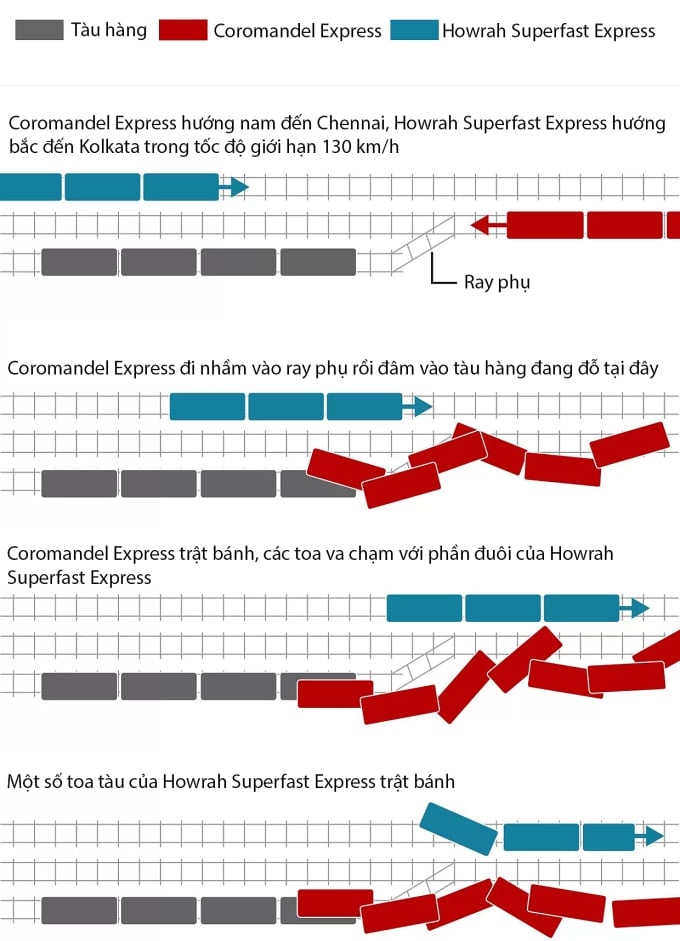
Developments of the Indian train accident on June 2. Click on the photo to see details
This conclusion immediately attracted public attention, because the South Western Railway of India had recorded an incident of a similar nature in February.
In that incident, the Sampark Kranti Express received a wrong signal and was diverted onto the main track when it reached the Hosadurga family home in Karnataka. Fortunately, the Sampark Kranti train driver noticed a freight train parked on the track and applied the brakes.
Reporting on the investigation, Hari Shankar Verma, general manager of South Western Railway, said that there was a serious flaw in the signalling system, which meant that signals from moving trains were not properly reflected in the control system, leading to the risk of incorrect track breaking to avoid collisions.
“This flaw goes against the very nature and fundamental principles of the electronic interlock handling system,” he wrote, warning that if this flaw is not checked and corrected, “a similar situation will occur leading to a serious accident.”
After the May 2 tragedy, many Indian opposition politicians re-shared Verma's warning, accusing Prime Minister Narendra Modi's government of not being decisive enough in improving railway safety.
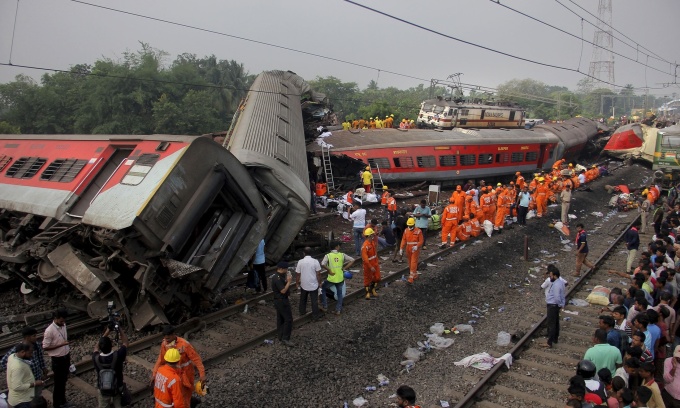
Rescue workers at the scene of a train accident in Balasore, Odisha state, eastern India, on June 3. Photo: AP
"Why did the Railway Ministry ignore the warning letter about the system failure when any collision between a high-speed passenger train and a freight train could have caused huge loss of life?" Saket Gokhale, spokesman of the Trinamool party, said on June 4.
Mallikarjun Kharge, president of the Indian National Congress (INC), India's largest opposition party, said Prime Minister Modi's government "does not want to admit" that the national railway sector still has many serious problems.
Kharge said that Verma's report was a "serious warning" but that the Indian Railways had not responded to it satisfactorily. He also reiterated the conclusions of the Parliamentary Special Committee on Transport, Tourism and Culture, saying that the Railways had not responded to many recent recommendations on railway safety.
"People are extremely concerned about the deteriorating safety situation on the railways. The government needs to quickly clarify the real cause of the horrific accident in Odisha," Mr. Kharge stressed. "However, the most important thing right now is to prioritize the installation of equipment and implement mandatory safety standards across the entire national railway network."
India has one of the world's most extensive and complex rail networks, built during British colonial times. Indian Railways operates more than 64,000 km of track, some 14,000 trains and 8,000 stations, from the Himalayan mountains in the north to the coastal regions in the south.
Many experts and politicians in India have warned that the country’s rail network has deteriorated badly after decades of inadequate investment in infrastructure and management. Despite recent efforts to improve safety standards, the country of 1.42 billion people has recorded more than 16,000 deaths in nearly 18,000 rail accidents in 2021 alone.
Between 2017 and 2021, the country recorded more than 100,000 rail-related deaths, including cases of passengers falling off trains, train collisions and trains hitting people on high-speed rail lines.
During the same period, the Ministry of Railways recorded 2,017 train collisions, of which 69% were derailments. Indian officials say derailments occur due to a variety of reasons, including track damage, maintenance errors, faulty switchgear and human error. The Ministry of Railways has admitted that a lack of financial resources for infrastructure maintenance has contributed to about 26% of the accidents.
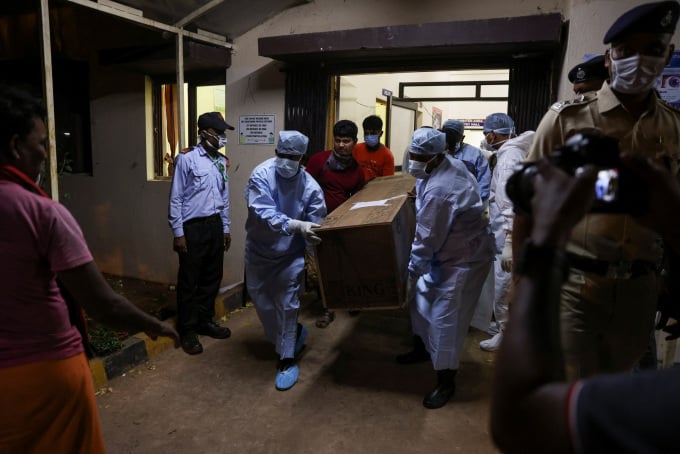
Medical workers transport the body of a victim of a train accident in Bhubaneswar, Odisha state, India, on June 4. Photo: Reuters
In fact, the Modi administration has invested tens of billions of dollars in the railway sector over the past nine years, mainly to upgrade and replace old tracks built in the 19th century, operate new technology trains and redesign many road and rail interchanges.
The tragedy in Odisha state came a day before the inauguration of India's 19th Vande Bharat Express, which will run from the western city of Mumbai to the southern state of Goa. The new generation of trains is expected to reduce the risk of collisions and derailments by incorporating an automatic collision avoidance system, according to Railway Minister Ashwini Vaishnaw.
Balasore, the area where a three-train collision that killed more than 280 people occurred, has yet to be fitted with a new safety system.
"India has made a lot of progress in improving train safety over the years, but more needs to be done. The entire railway system needs to be overhauled and the upgrades need to be more evenly distributed. India cannot just focus on producing modern trains when the tracks are not safe enough," said Swapnil Garg, a former official of the Indian Railway Engineers.
Thanh Danh (According to India Express, Hindustan Times, AP )
Source link


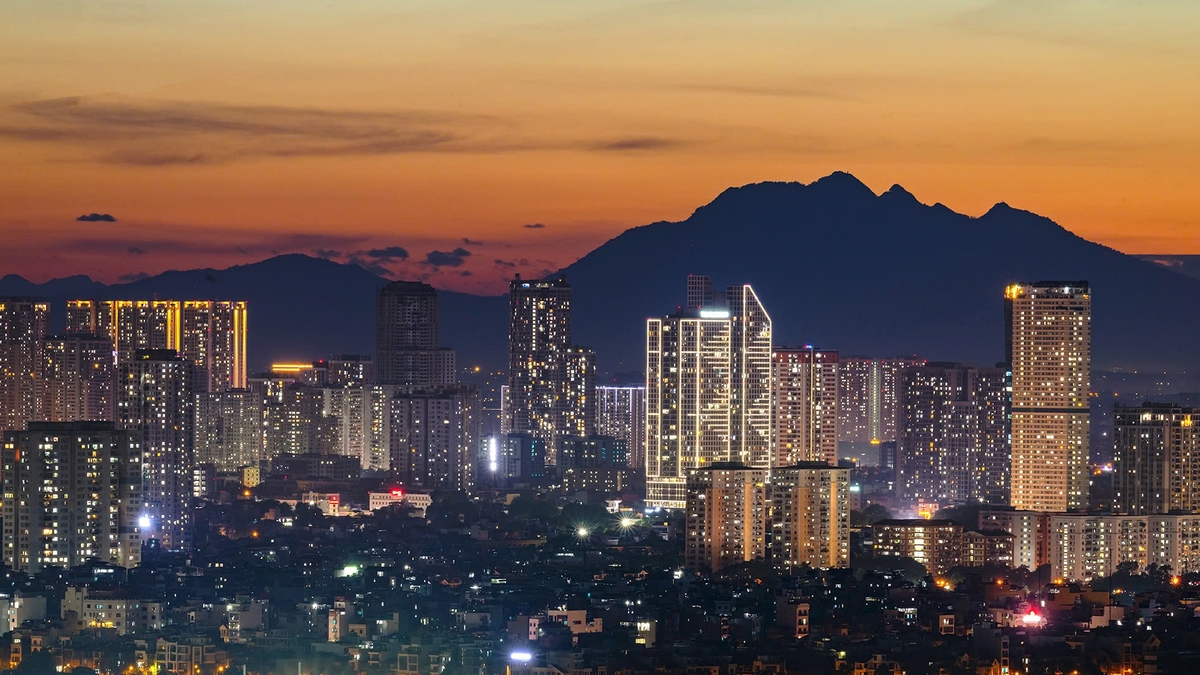
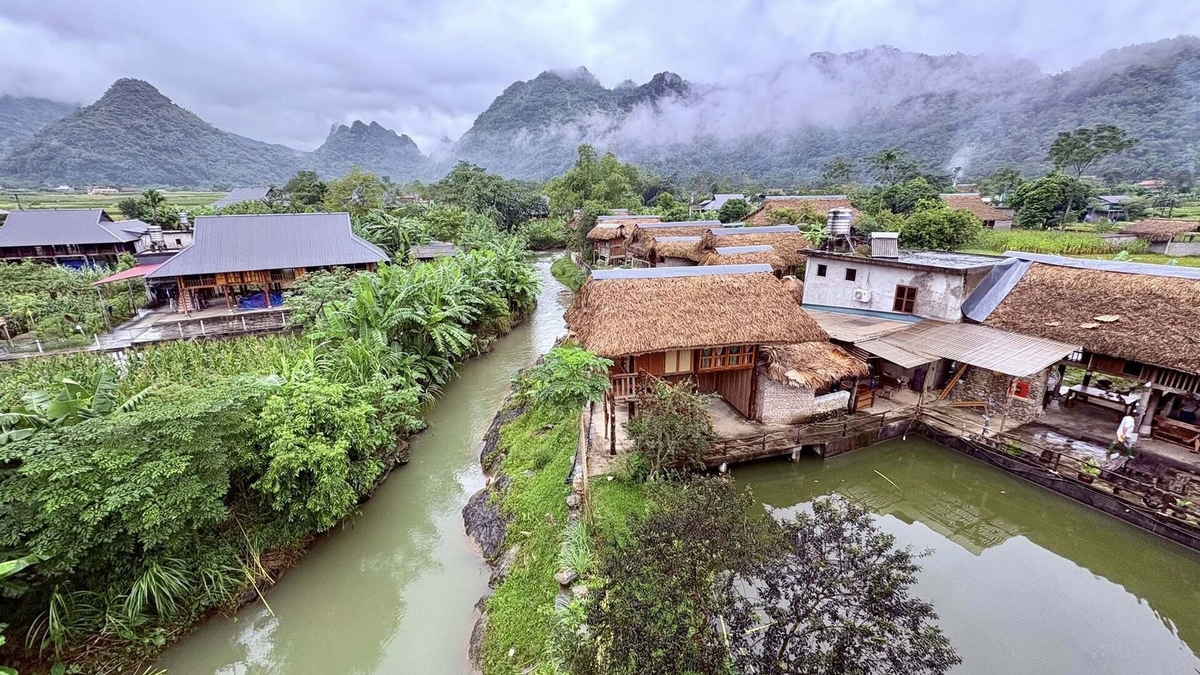
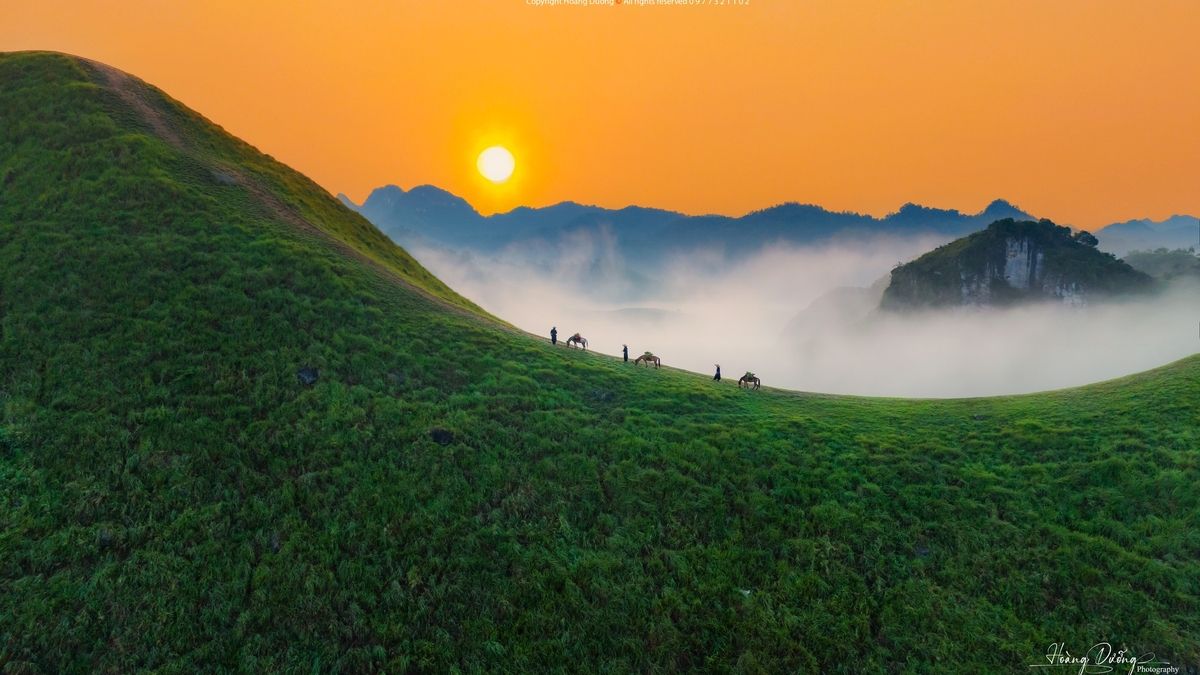

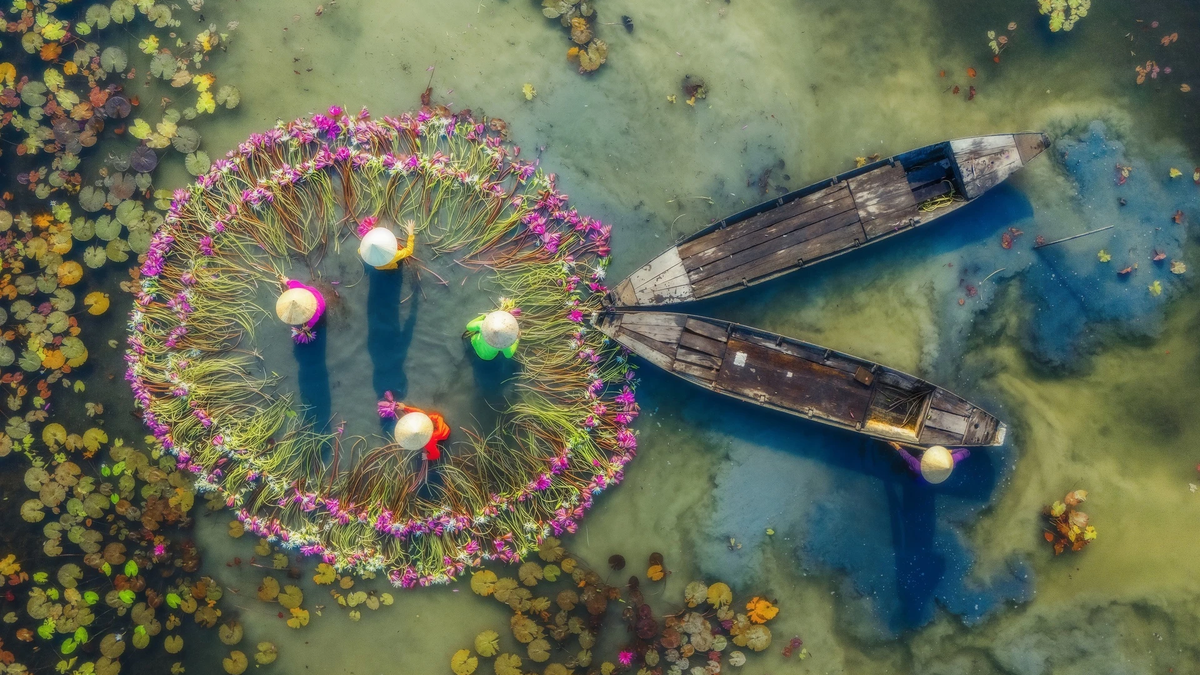
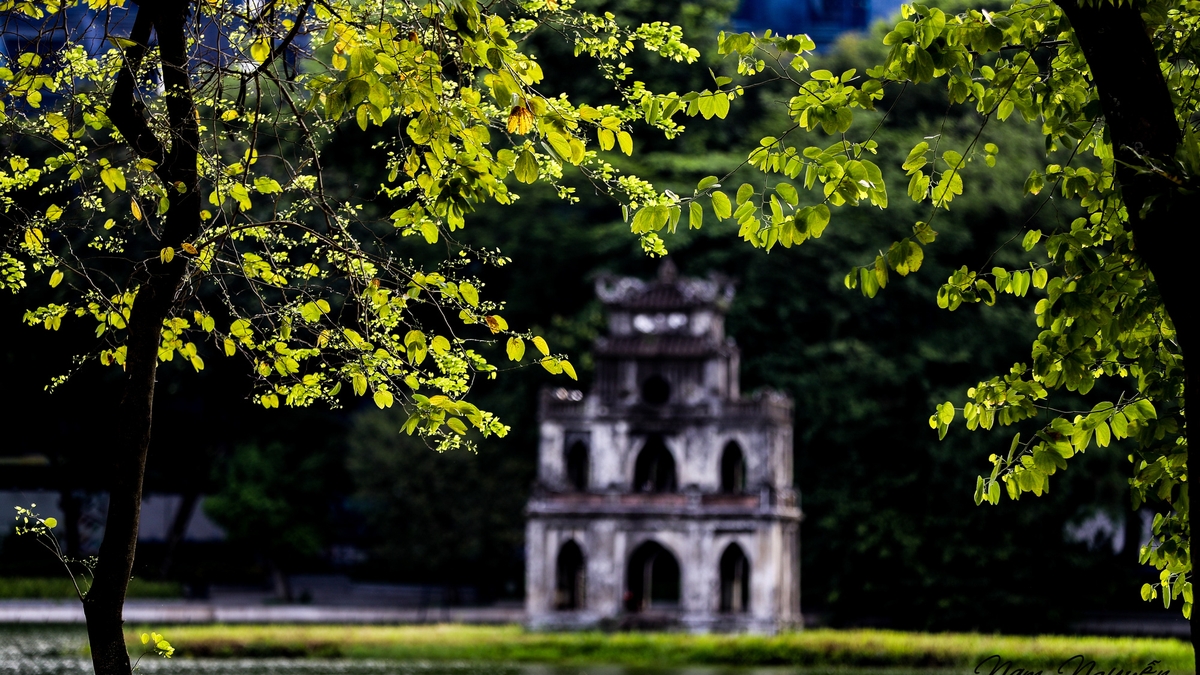







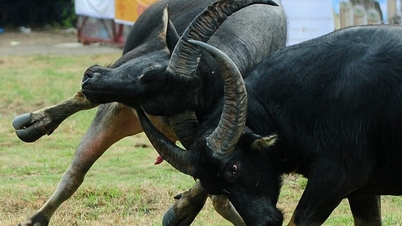
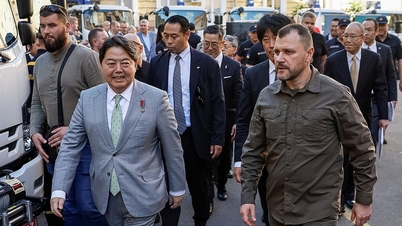




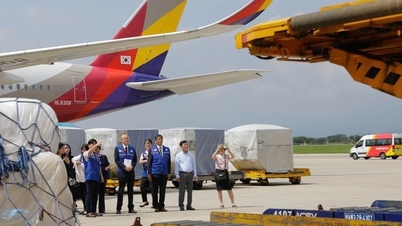

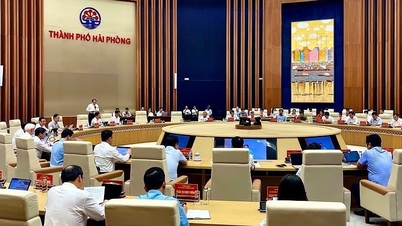










![[Photo] Ready for the 2025 Fall Fair](https://vphoto.vietnam.vn/thumb/1200x675/vietnam/resource/IMAGE/2025/10/14/1760456672454_ndo_br_chi-9796-jpg.webp)




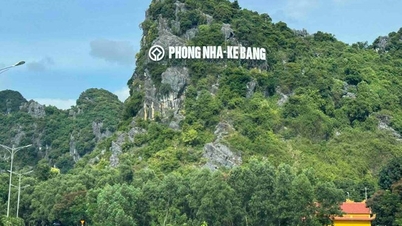






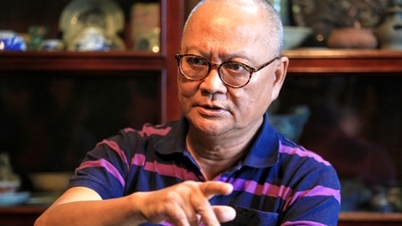







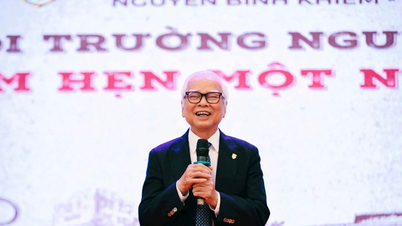







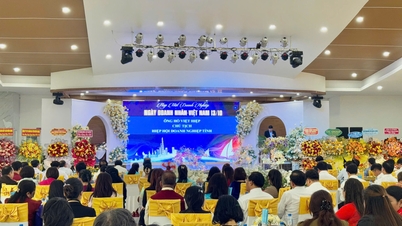
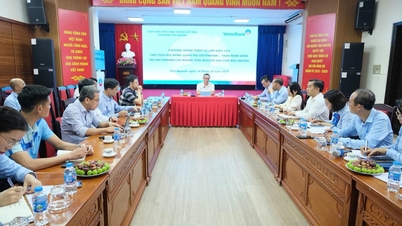



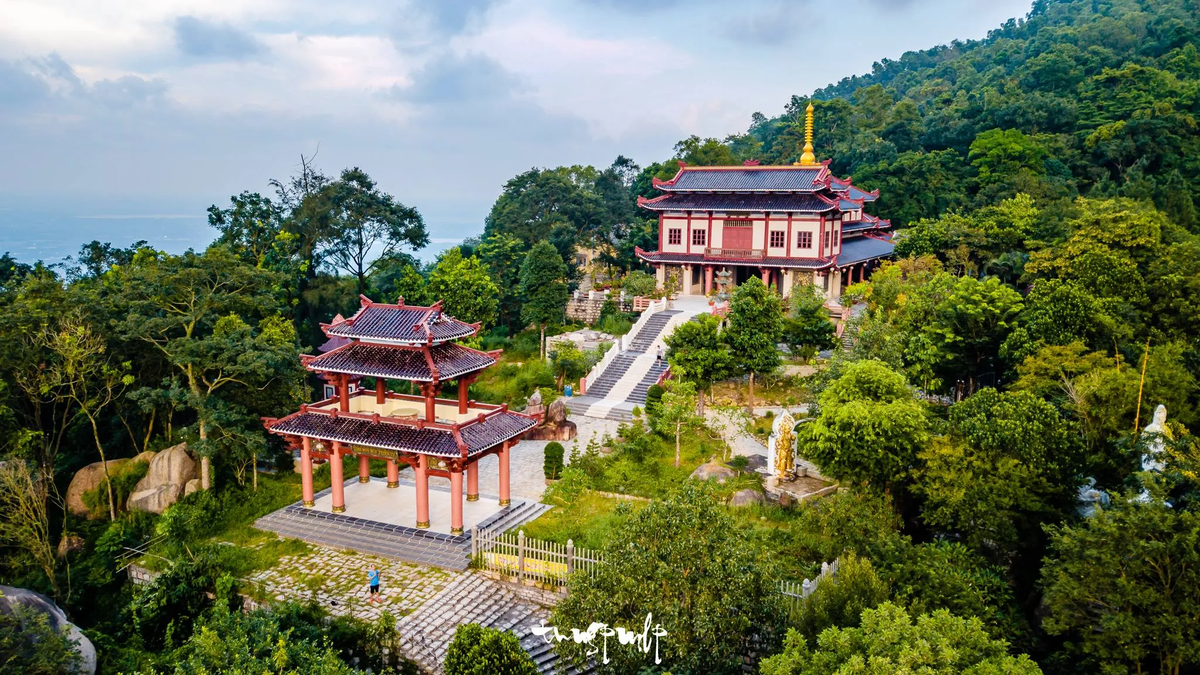
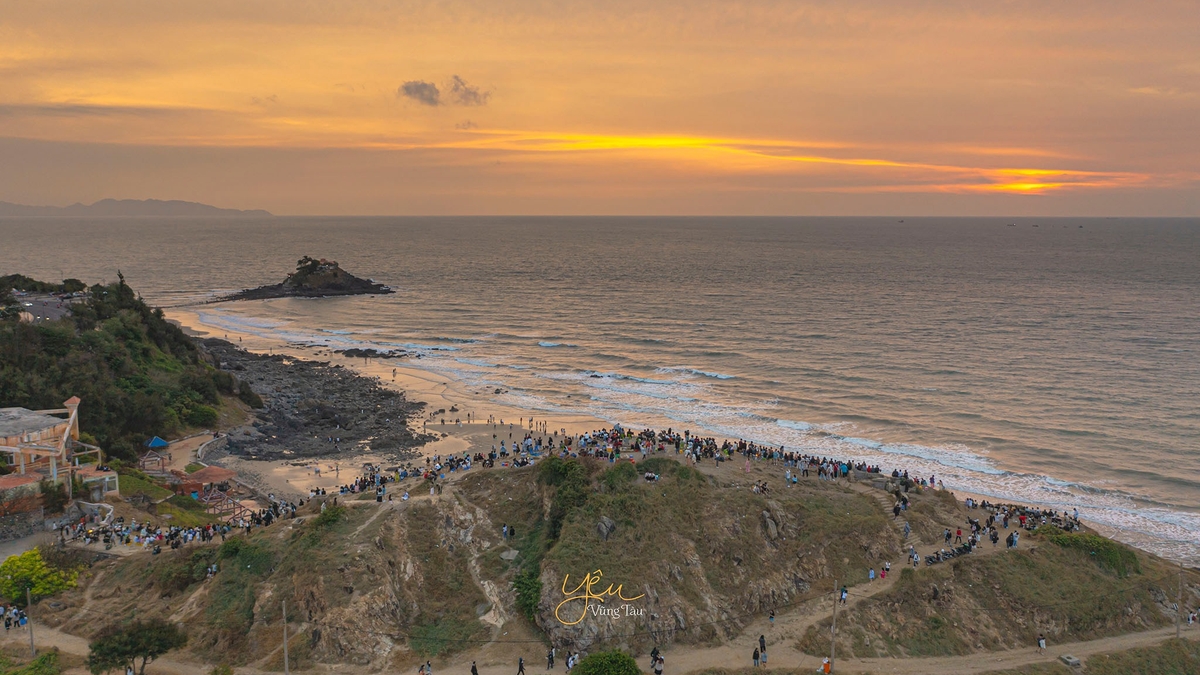






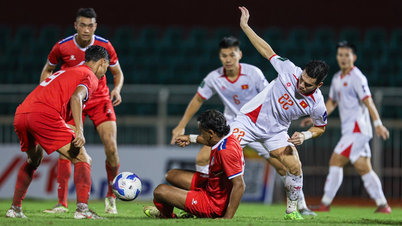
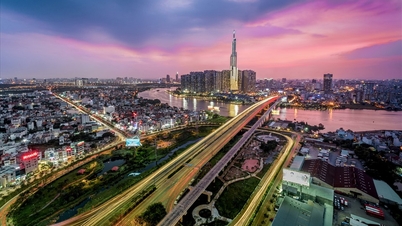




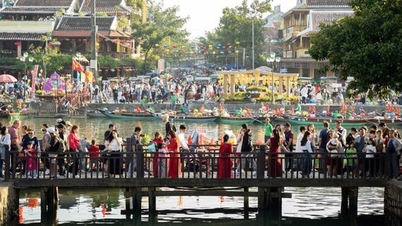
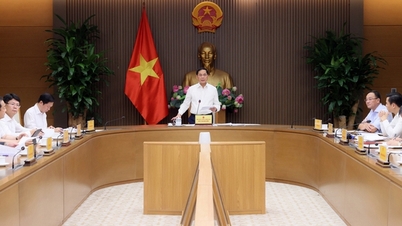


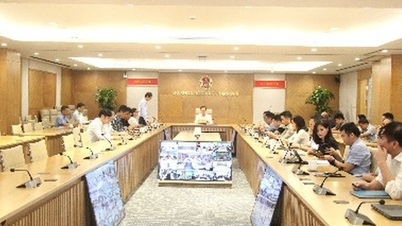




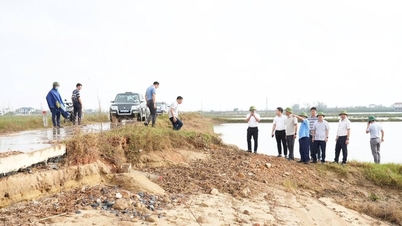



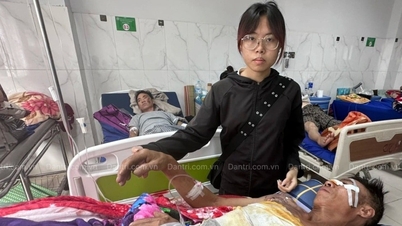

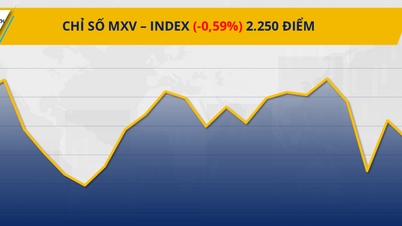

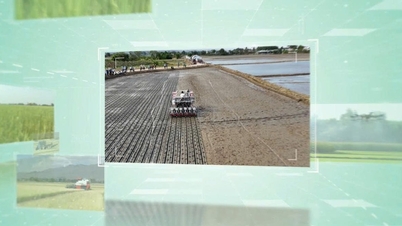



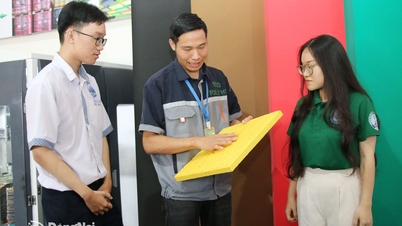


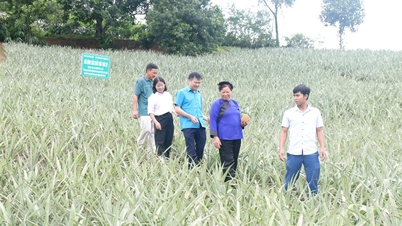



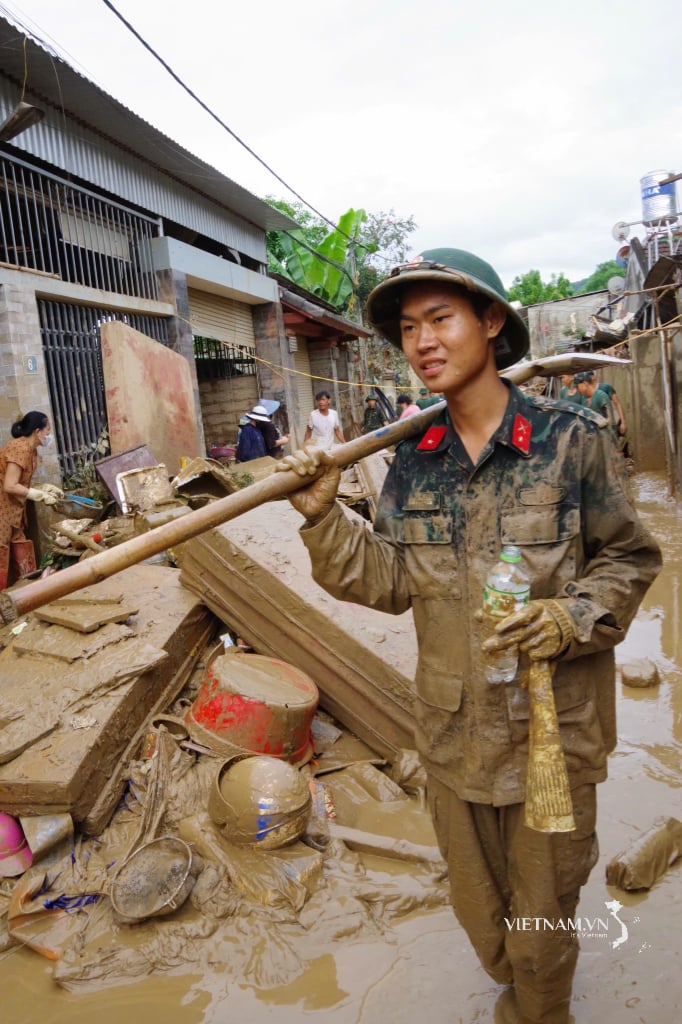
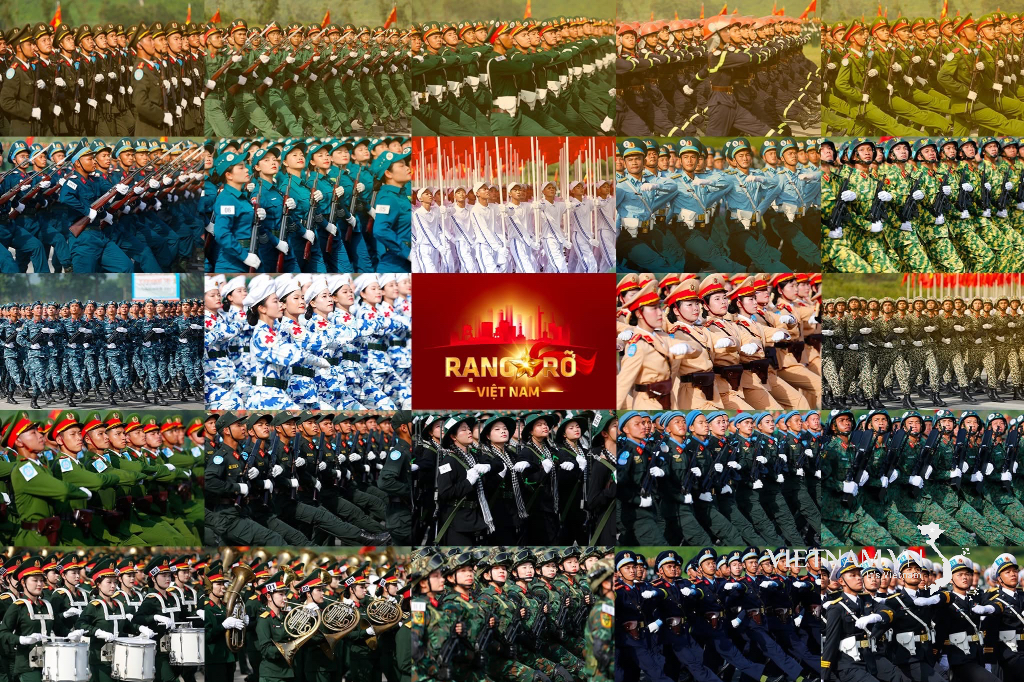


Comment (0)